
- Home
- News & Events->CRI---quality of light explained.
CRI---quality of light explained.
What is the Colour Rendering Index (CRI)?
CRI is a standardized way of measuring how accurately a light source (under 5000K) renders eight pastel colours, compared to how an incandescent light bulb renders them.
A CRI score of 100 means the light source renders those colours exactly as an incandescent bulb does. (That doesn’t mean that incandescent bulbs are a perfect light source though. They’re simply a useful reference to compare to).
Because colour is just reflected light, the more fully that all colours of the spectrum are present in white light, the more fully and accurately you will see colours under it.
Why High CRI?
Great colour rendering is a must for displaying artwork, but that’s just the beginning.
The right lighting in retail shops makes items look more attractive, makes fruits, vegetables and meats look more appealing in grocery stores, and provides true colour to colourists in hair salons. Good CRI in your lights at home brings out the colours of your furnishings and creates a natural, cozy environment.
Look closely at this split photo of strawberries. The top half shows how they would look under CRI 75 light while the bottom half illustrates how the same fruit would look under CRI 95 light. The difference is remarkable.
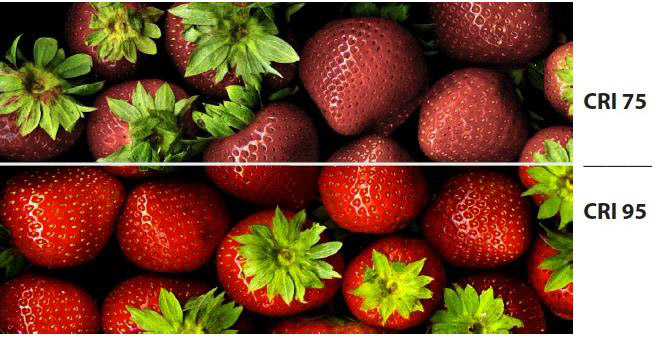
How does it work? Well, what’s colour anyway?
Colour is simply reflected light. Grass looks green because it reflects green and absorbs the other colors. Apples look red because they reflect red, and so on.
Objects look black when they absorb all wavelengths of the spectrum, and they look white when they reflect all wavelengths.
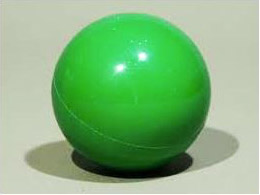
A little experiment: shine a red light on a green ball.
The ball doesn’t look red, and it doesn’t look green either. It looks grey, because there’s no green light for it to reflect.
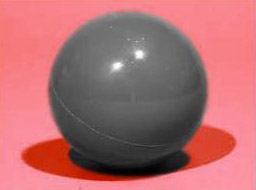
So, objects don’t really “have colour”, they just reflect certain parts of the light spectrum. That means if part of the spectrum is missing or weak, the colour can’t be seen properly.
Want to get technical? Here’s more:
Doesn’t all white light contain the full spectrum of colours?
Not at all!
For example, white light made by a typical RGB LED light has big gaps in the spectrum. Colours which fall in the gaps won’t show very well.
Sure, with the red, green and blue LEDs all on, the light looks white, but it won’t render many colours accurately, because large parts of the spectrum are very weak.
This spiky spectrum is low CRI, probably around 25 or so.
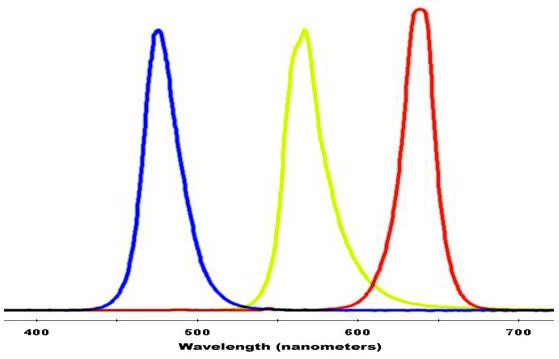
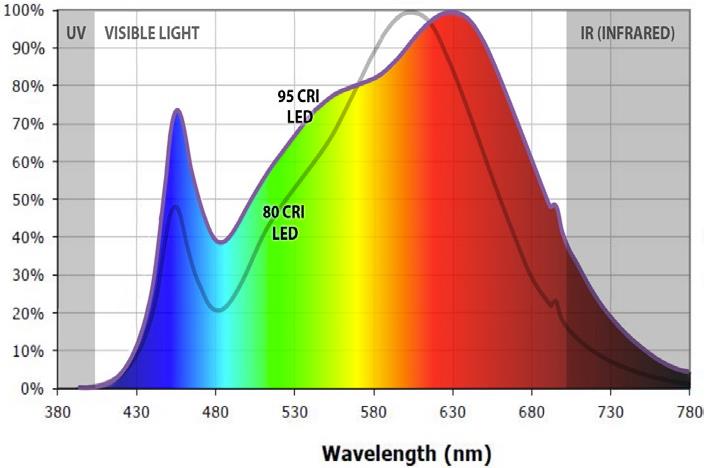
What about other LED lights. How do they compare?
Most commonly available LED Par lights have a CRI of about 80. They’re quite useful for general illumination, but don’t render deep reds and oranges (and other colours) as well. Here’s a comparison of the spectrum of our 3000K CRI 95 lights, versus 3000K CRI 80 lights. You can see it provides more deep reds, and stronger blues and greens too.
Many incorrectly think that the eye’s ability to assess lumens tells us most of what we need to know about general-purpose lighting. In truth, people are quite insensitive to the quantity of lumens but very sensitive to color rendering changes. While a lamp can be made to produce slightly more lumens by sacrificing color quality, those few extra lumens of poor light are simply not needed or even noticed — and the net result is not better lighting.
High CRI lamps can use the same amount of power as low CRI lamps, and the result is much better color quality without a perceptible reduction in light intensity.



